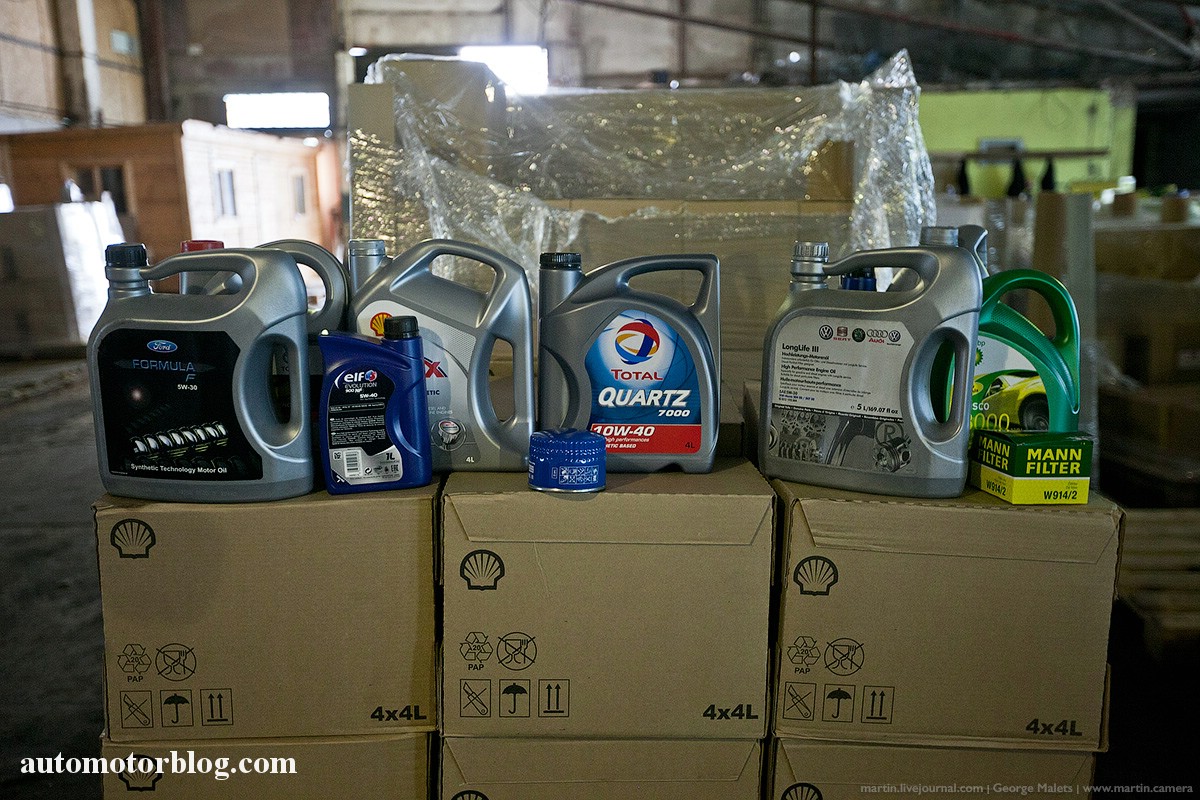The two automobile manufacturers, Honda and Nissan, have at last embarked towards a new dawn. As was expected for a long time, it is a fact now – they have entered into the signing of a memorandum of understanding, or MOU, with the aim of finding out how they can merge their operations into one new holding company. This important step can pave the way for the announced launch in 2026.
It is the partnership of these two giants these two giants began in March 2024 and then it was growing. An MOU for the strategic avenues of cooperation in the automotive area of vehicle intelligence and electrification has been made, causing the brands to be completely intertwined. Another agreement was made in August to deepen the cooperation in other technological sectors. Now that the idea of part integration is gradually transitioning to full integration, it is high time to consider what we have learned so far.

In the next few months, a committee of staff from the two brands will review the modalities of integrating operations. The extensive review will include vehicle platform, research and development cooperation, product integration and procurement systems, financial integration, operational optimization, and human resource integration. At the moment, the plan calls for a clear and binding understanding of the business integration to be reached by June, 2025. Then there would be government approval for the merger required and approval from the shareholders of the two companies, namely Honda and Nissan, which is in April 2026.
However, as stated within the new merger, they will both retain their separate identities, just like Stellantis does today. But they will both continue to be parts and platforms, although to be called a new, as yet unnamed, company. As for the equity, Honda and Nissan would be delisted from the Tokyo Stock Exchange and then be succeeded by the new holding firm by late summer 2026. I find it quite peculiar that Honda would become a majority in controlling the management of the new company.
However, a crucial component left out of this announcement regarding a joint venture is Renault and Mitsubishi. Both companies entered into an alliance with Nissan in 1999 and at the moment, Renault owns the majority of Nissan. Renault Group, in their short statement, said that they shall take all possible steps in the best interest of Renault Group and its stakeholders.
If everything is smooth and this new holding company is passed with shareholder approval, then it will be taken as one of the biggest automobile conglomerates. This new upcoming merger between such giant automobile industries as Honda and Nissan is going to change the face of the global automotive industry entirely and we are eager to see more of it.
That being said, this action isn’t without its danger; it is truly a large step. For instance, prior cooperation in the automotive industry has not yielded desirable results every time. Although taken at the last minute, this move demonstrates that Honda and Nissan remain determined to remain competitive in the constantly transforming average automotive market.
Second, more aggregation of consumers and merchants might also bring greater cost-effectiveness, while synchronizing the R&D process across functions can lead to better innovative technology. For customers, this translates to possibly; better goods and, in some cases, more reasonable or relatively cheaper prices. It is a giant step towards consolidation in the automotive sector and we are looking forward to see the resultant phenomenon in the global auto market.
We eagerly expect the creation of this new holding in 2026, and we hope that the merger will be fruitful for both Honda and Nissan and for their customers, employees, and shareholders. It remains to be seen what new strategic alliance can be defined in the development of the automobile industry.












